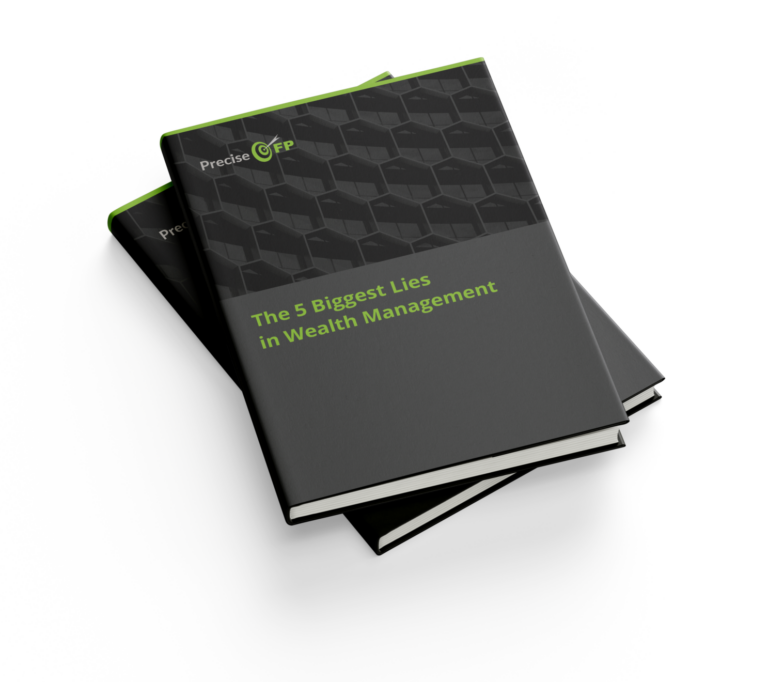When it comes to your clients’ investing preferences, do you just want to know what time it is, or would you rather understand how the clock works? Advisors often focus on where and how clients want to invest their money, but what if you could also uncover the why behind their decisions? Behavioral finance is a growing field that helps advisors understand the motivations driving their clients’ choices, leading to stronger financial outcomes.
Behavioral Finance 101
Behavioral finance, or BeFi, looks at the psychological influences on investing and market outcomes. It includes examining the biases of individual investors and how those behaviors impact larger market changes. In other words, how do investors’ mindsets and behavior impact how they approach their individual finances, and how does that change the overall market?
BeFi plays a crucial role in wealth management and explains the why behind investors’ actions. It explores how emotions and biases impact individual investing and the larger market. Behavioral finance can be analyzed across different groups, such as finding patterns and similarities of investors in specific industries or demographics. Investors in one industry may be more risk-averse, impacting how that industry performs in the market.
5 Types of Financial Bias
One of the most important elements of behavioral finance is understanding the impact of psychological bias on a client’s investment decisions. Whether they realize it or not, everyone brings bias to their financial decisions, ranging from only investing in certain types of companies to sticking with what they know or what their family recommends.
Biases typically fall into one of these five categories:
- Familiarity bias. This bias leads clients to invest in what is familiar to them instead of considering more diverse or better opportunities. They stick with what they’ve done in the past, even if it didn’t lead to great returns.
- Recency bias. Clients think that whatever events have happened recently will continue in the future and repeat themselves. These investors may look at past economic activity (such as a recession or downturn) and think those events will continue. This bias stops them from objectively looking at projections and other changes that could impact their finances.
- Herd mentality. When clients adopt this bias, they follow the crowd and invest in what other people are investing in. This can stop them from being interested in new markets and opportunities and lead to market swings.
- Loss aversion. Many clients stick with what’s comfortable and avoid high-risk investments (or decisions they perceive as being high-risk), which can prevent them from taking advantage of profitable opportunities that may not be very risky.
- Confirmation bias. With this bias, investors search for additional information to support their beliefs instead of looking at objective analysis or information that supports a different decision.
Understanding bias helps advisors and investors find patterns in their behavior. It can help advisors form an accurate view of how clients make their financial decisions so they can personalize recommendations to address the client’s bias.
Why BeFi Matters to Your Firm
Do advisors need to be psychology experts to serve their clients well? Not necessarily, but leveraging behavioral finance and understanding the emotional and psychological impact of investing help advisors build stronger relationships with their clients. When advisors understand why their clients make certain financial decisions, they can mitigate the risks of emotional decision-making and help clients overcome their biases to make better-informed financial decisions.
Advisors can help clients realize their biases for better financial outcomes. They can also incorporate a client’s behavioral tendencies into their recommendations, such as understanding their risk tolerance or loss aversion and finding products that help them slowly overcome their bias.
Clients also connect with firms and advisors who lean into behavioral finance. Research from Schwab found that firms using BeFi gained 3.3 times more new assets from existing clients.
In the case that you need to mass outreach to current clients to gather detailed information, PreciseFP can help. With our platform, you can easily create a personalized data gathering experience that gets straight to the information you need. Visit PreciseFP.com to get started today!











